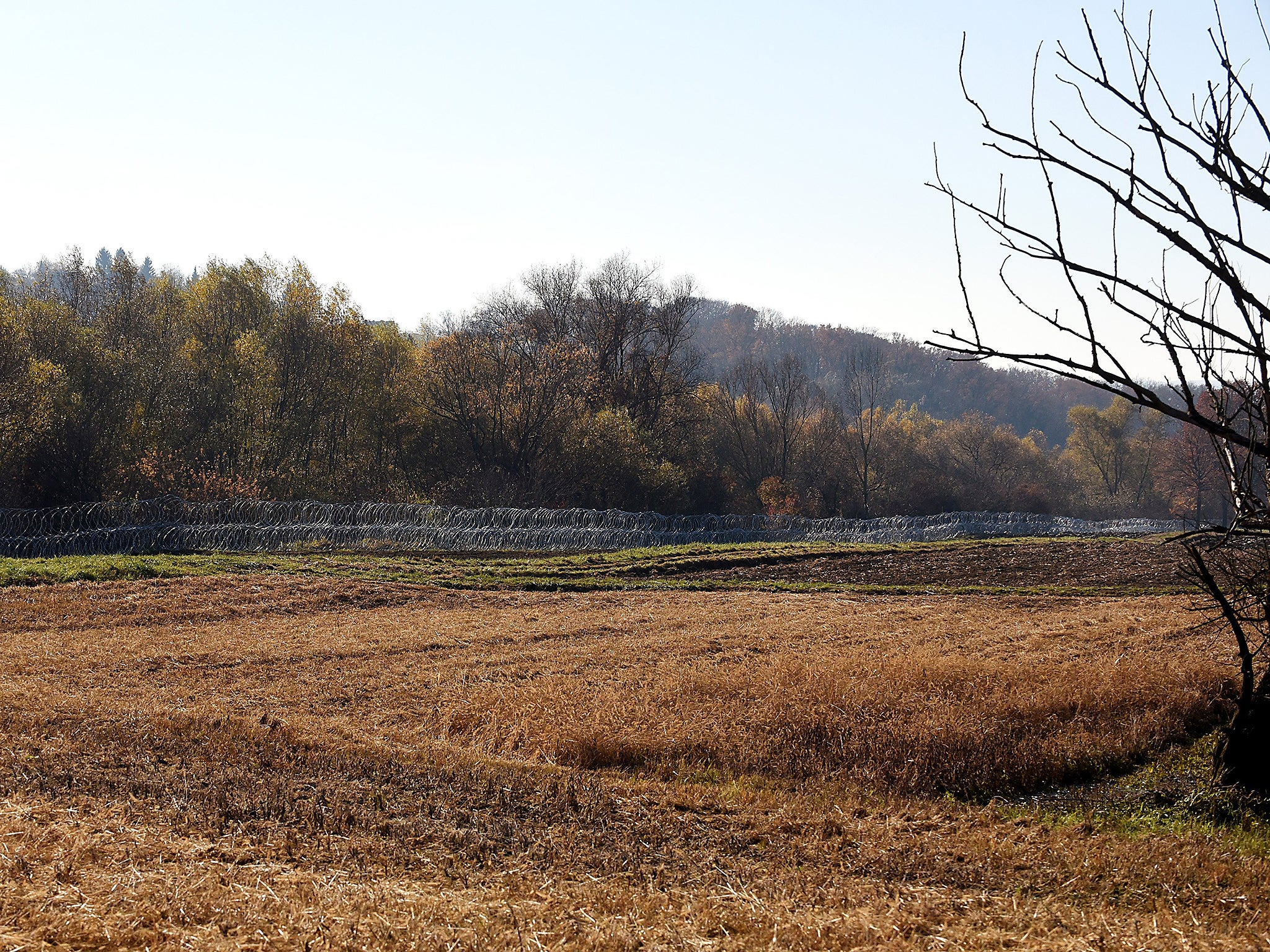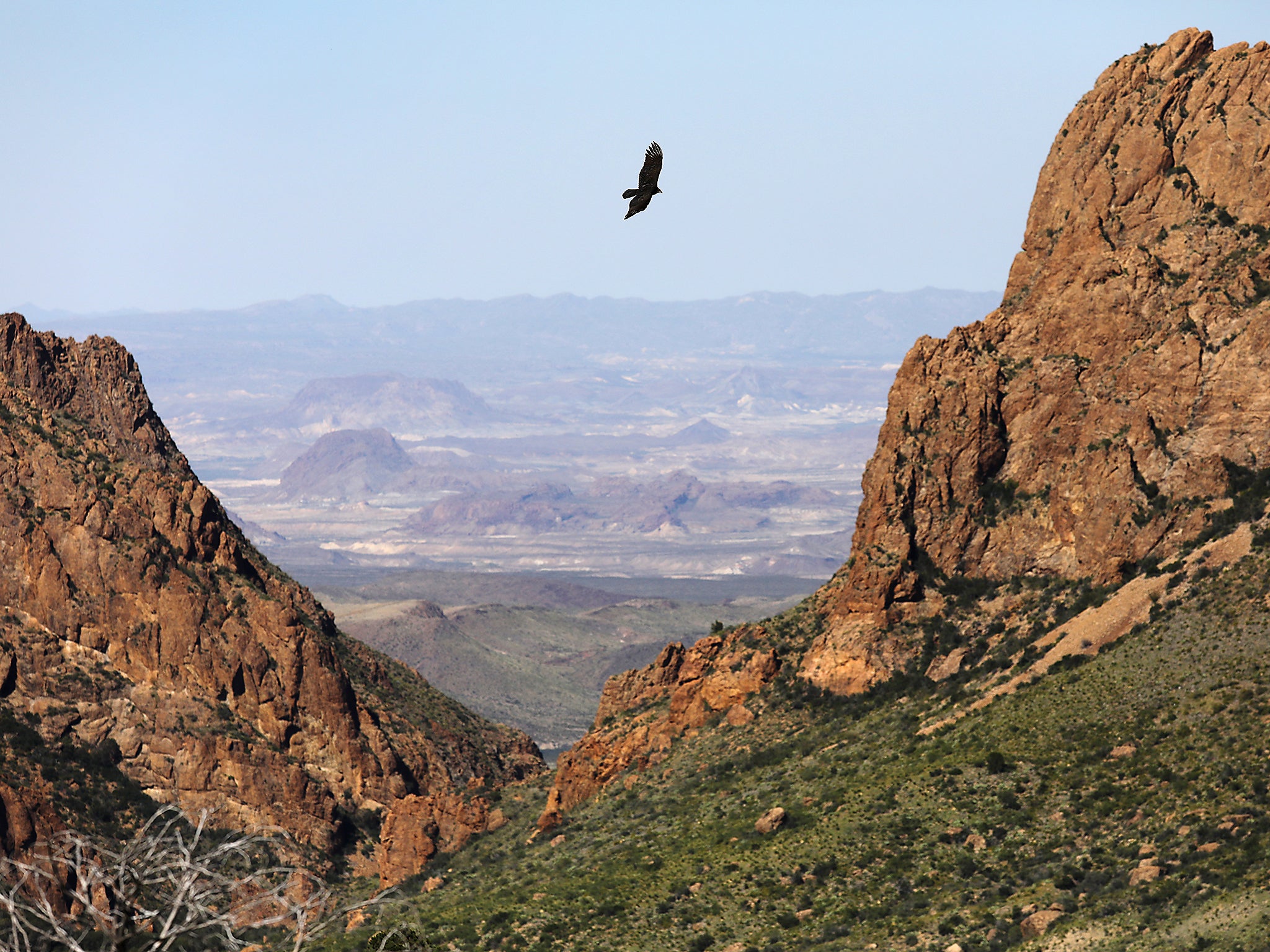In 1996, Botswana erected an 83-mile fence along its border with Namibia. The goal was to protect domestic cattle from the highly contagious foot-and-mouth disease. Within a year, though, the barrier had snared five giraffes, one elephant, several antelopes and numerous other wild animals.
In the 20 years since, border barriers have proliferated to unprecedented levels - and become one of presidential candidate Donald J. Trump's favorite talking points. But while attention has focused on the human consequences of a more bordered world, the impact on wildlife is also dramatic.
Trump has proposed sealing off the U.S.-Mexico frontier with a “great” expansion of the current wall, which spans roughly 650 miles of America's 2,000-mile southern front and is already harming animals. Bison along that border have been spotted climbing over barbed-wire fencing to get to food and water. And according to a 2011 study, 16 species in California have had as much as 75 percent of their range blocked.
“Completing a barrier that's impregnable for animals would be a really major problem,” said Jesse Lasky, a biologist at Pennsylvania State University and author of that study. The move could affect more than 111 endangered species and 108 migratory birds, according to a U.S. Fish and Wildlife provisional report. The Trump campaign did not respond to multiple requests for comment on the proposed wall's potential impact on wildlife.

Two recent studies have shed light on the often-overlooked effect walls have on wildlife. The fences can “curtail animals' mobility, fragment populations and cause direct mortality,” according to an article published last month in Review of European, Comparative & International Environmental Law. Authors of another study, released earlier this year in the journal PLoS Biology, write that barriers “represent a major threat to wildlife.”
The latter study focused on Slovenia, which has for about a year been fencing its border with Croatia in an attempt to block an influx of refugees that the government fears could morph into an outright “ humanitarian catastrophe.” So far, 111 miles of barbed- and razor-wire fencing have been erected along about one-third of the frontier. A slew of mangled animal carcasses - especially deer - have been found in, on or around the so-called “temporary technical obstacles.”
“These events are horrid,” said co-author Aleksandra Majic, a biologist at the University of Ljubljana in Slovenia. But, she added, “what is worrying in the long-term is the fragmentation that such fences cause.”
Slaven Reljic, another co-author, tracks brown bears along the Slovenia-Croatia border and has found that of 33 radio collared animals, 16 cross between the two countries. Majic said she has observed similar movements among wolves.
“Conservation success for large carnivore populations here is largely depending on this trans-boundary connectivity,” she said, adding that lynx along the border are most at risk. The population hovers at around a mere 20 animals and is in danger of local extinction within the next decade, said Majic, adding that “habitat fragmentation would speed up this process.”

- - -
Barriers are hardly new, of course. Construction on the Great Wall of China began in the 3rd century B.C.E, and it still splits habitats today. The Berlin Wall divided East and West Germany throughout the Cold War. When that fell in 1989, triggering the figurative collapse of the Iron Curtain, people began moving and trading en masse across increasingly porous European borders. Wildlife, biologists documented, also reaped rewards.
Not only could they move freely, but “countries began working together,” said John Linnell, an ecologist at the Norwegian Institute for Nature Research and the lead author of the Slovenia study. That meant improved conservation legislation, practices, and coordination.
Although the postwar chaos occasionally proved detrimental to wildlife - economic hardship, for instance, led to a rise in unregulated poaching that contributed to a collapse in the saiga antelope population in parts of the former Soviet Union - the end result was very encouraging, Linnell said. He pointed to successes such as the reintroduction of wolves into Germany and the creation of a European Green Belt , among others. It felt, he said, like a “world where borders of all types were softening and disappearing.”
That quickly ended.
Today, the number of barriers around the world is at an all-time high, said Elisabeth Vallet, author of “Borders, Fences and Walls: State of Insecurity?” Although the flood of displaced people into Europe and illegal immigration to the United States have contributed to that surge, Vallet points to the late 1990s, when rapid globalization helped revive nationalist sentiment, as the beginning of the proliferation. The 9/11 terrorist attacks drastically accelerated the trend and, by 2010, her research found, 45 new walls had gone up, from Morocco to India, totaling 18,000 miles in length.
“We've been sleeping, pursuing dreams of a borderless world,” said Linnell, “while the borders have been closing all around us.” Now, however, conservationists seem to be paying attention.
Even fences aimed at improving conservation, the RECIEL study noted, have had unintended consequences, like when poachers fashion the fencing material itself into snares. But the study's authors also highlighted a few ways walls intended to keep people out have inadvertently aided animals, such as Israeli-constructed barriers that have helped shield the endangered Israeli gazelle from Palestinian hunters in the West Bank. Overall, however, lead author Arie Trouwborst of Tilburg Law School in the Netherlands said that “in the great majority of instances, the impact is negative.”
In an email, the Slovenian government characterized its efforts as “an urgent and temporary measure, which is necessary for the protection of the state.” The ultimate scope of the project, officials say, depends on migrant flows into Europe. In case the obstacles do become permanent, they insist they are working to find ways of ensuring uninterrupted animal migration and conforming to the European Habitat Directive , a legal cornerstone of the continent's conservation efforts.
Linnell's study, on the other hand, argues that a permanent wall in Slovenia would “undo decades of conservation and international collaboration efforts.” At the very least, he would like to see more consideration given to wildlife - for example, by designing small openings for animals.
But all migrants, both human and nonhuman, tend to gravitate toward the same spaces along borders. That makes stopping one group but the not the other an extremely difficult task.
“I think there is a fundamental conflict,” said Lasky. “Animals like to disperse under cover of vegetation and darkness. But so do people.”
© Washington Post

Join our commenting forum
Join thought-provoking conversations, follow other Independent readers and see their replies
Comments